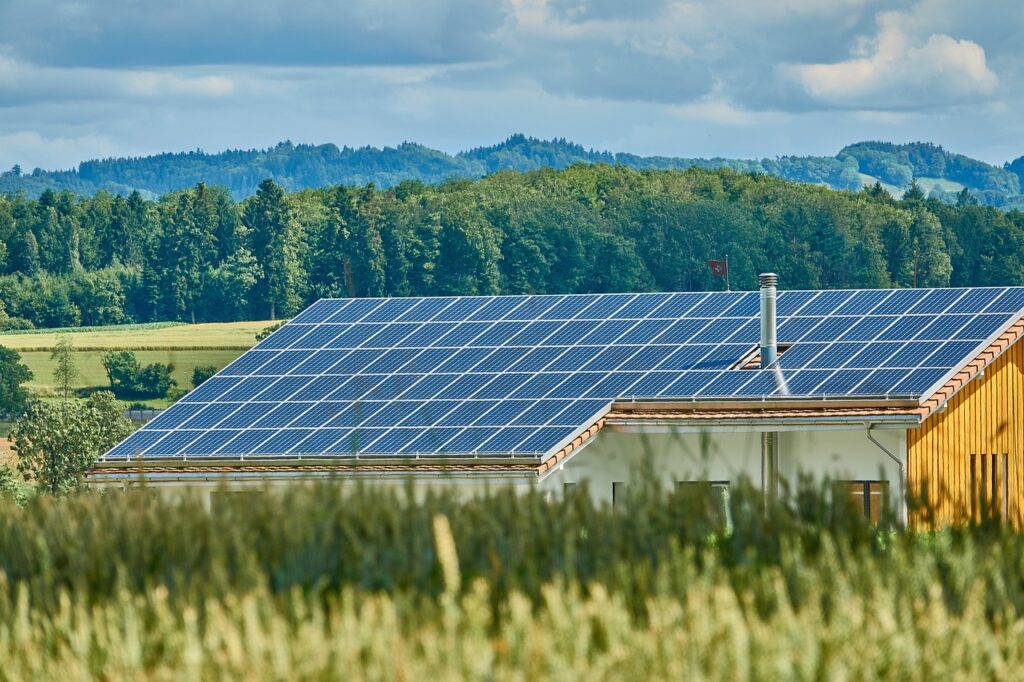Demystifying Electric Panels: A Guide to Understanding the Heart of Your Electrical System
by siteadmin

Electric panels, often referred to as breaker boxes or distribution boards, are the unsung heroes of our modern electrical systems. Tucked away in basements, garages, or utility rooms, these unassuming metal boxes play a crucial role in safely distributing electricity throughout our homes and buildings. Yet, despite their importance, many people remain unfamiliar with how they work and why they’re essential. In this guide, we’ll delve into the world of electric panels, demystifying their function, components, and significance in ensuring electrical safety and efficiency.
Understanding the Basics
At its core, an electric panel serves as the central hub where electricity from the utility company enters a building and is then distributed to various circuits throughout the structure. The main components of a typical electric panel include:
- Main Breaker: This large switch controls the flow of electricity from the utility company into your home. It can be toggled on or off to shut off power to the entire building in case of emergencies or maintenance.
- Circuit Breakers: These smaller switches, arranged neatly in rows within the panel, control the flow of electricity to individual circuits. Each circuit breaker is responsible for protecting a specific area of the house, such as the kitchen, living room, or bedroom, from electrical overload.
- Bus Bars: These metal bars, typically made of copper or aluminum, distribute electricity from the main breaker to the individual circuit breakers. They act as conductors, allowing electricity to flow safely throughout the panel.
- Neutral Bar and Ground Bar: These bars provide connection points for the neutral (white) and ground (green or bare copper) wires, respectively. The neutral bar carries current back to the utility company, while the ground bar provides a path for excess electricity to safely dissipate into the ground.
Safety First
Electric panels are designed with safety as the utmost priority. Circuit breakers are equipped with mechanisms that trip and disconnect the circuit from power in the event of an overload, short circuit, or ground fault. This prevents overheating and potential electrical fires.
Regular maintenance and inspections are crucial to ensuring the continued safety and reliability of an electric panel. Homeowners should periodically check for signs of wear or damage, such as corrosion, loose connections, or overheating. It’s also advisable to have a licensed electrician perform a thorough inspection at least every few years to identify any potential issues and ensure compliance with local electrical codes.
Upgrading and Modernizing
As technology advances and electrical demands evolve, older electric panels may become outdated or insufficient to meet the needs of modern households. Upgrading to a newer panel with higher ampacity and additional circuit capacity can enhance safety, reliability, and energy efficiency.
Moreover, with the rise of smart home technologies and renewable energy systems like solar panels, modern electric panels are often equipped with features such as built-in surge protection, compatibility with home automation systems, and space for additional circuits dedicated to renewable energy sources.
Electric panels may not be the most glamorous or visible components of our homes, but they are undoubtedly among the most critical. Understanding the function and importance of these essential devices can empower homeowners to make informed decisions about their electrical systems, ensuring safety, reliability, and efficiency for years to come. Whether you’re building a new home, renovating an existing one, or simply curious about how your electrical system works, knowing the ins and outs of electric panels is a valuable asset.
Electric panels, often referred to as breaker boxes or distribution boards, are the unsung heroes of our modern electrical systems. Tucked away in basements, garages, or utility rooms, these unassuming metal boxes play a crucial role in safely distributing electricity throughout our homes and buildings. Yet, despite their importance, many people remain unfamiliar with how…
Recent Posts
- Powering Proficiency: Training and Education for Electricians
- Powering the Future: Emerging Technologies in the Electrical Industry
- Ensuring Safety: Standards and Regulations in Electrical Work by Electricians
- Troubleshooting Demystified: Common Issues of Electric Panels
- Demystifying Electric Panels: Understanding Their Components
